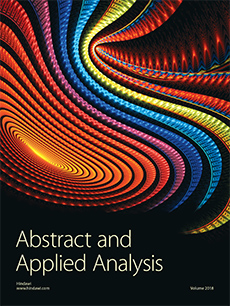Abstract
Predator-prey models describe biological phenomena of pursuit-evasion interaction. And this interaction exists widely in the world for the necessary energy supplement of species. In this paper, we have investigated a ratio-dependent spatially extended food chain model. Based on the bifurcation analysis (Hopf and Turing), we give the spatial pattern formation via numerical simulation, that is, the evolution process of the system near the coexistence equilibrium point , and find that the model dynamics exhibits complex pattern replication. For fixed parameters, on increasing the control parameter , the sequence “holes holes-stripe mixtures stripes spots-stripe mixtures spots” pattern is observed. And in the case of pure Hopf instability, the model exhibits chaotic wave pattern replication. Furthermore, we consider the pattern formation in the case of which the top predator is extinct, that is, the evolution process of the system near the equilibrium point , and find that the model dynamics exhibits stripes-spots pattern replication. Our results show that reaction-diffusion model is an appropriate tool for investigating fundamental mechanism of complex spatiotemporal dynamics. It will be useful for studying the dynamic complexity of ecosystems.
Citation
Lei Zhang. "Spatiotemporal Patterns in a Ratio-Dependent Food Chain Model with Reaction-Diffusion." Abstr. Appl. Anal. 2014 (SI01) 1 - 9, 2014. https://doi.org/10.1155/2014/130851
Information





